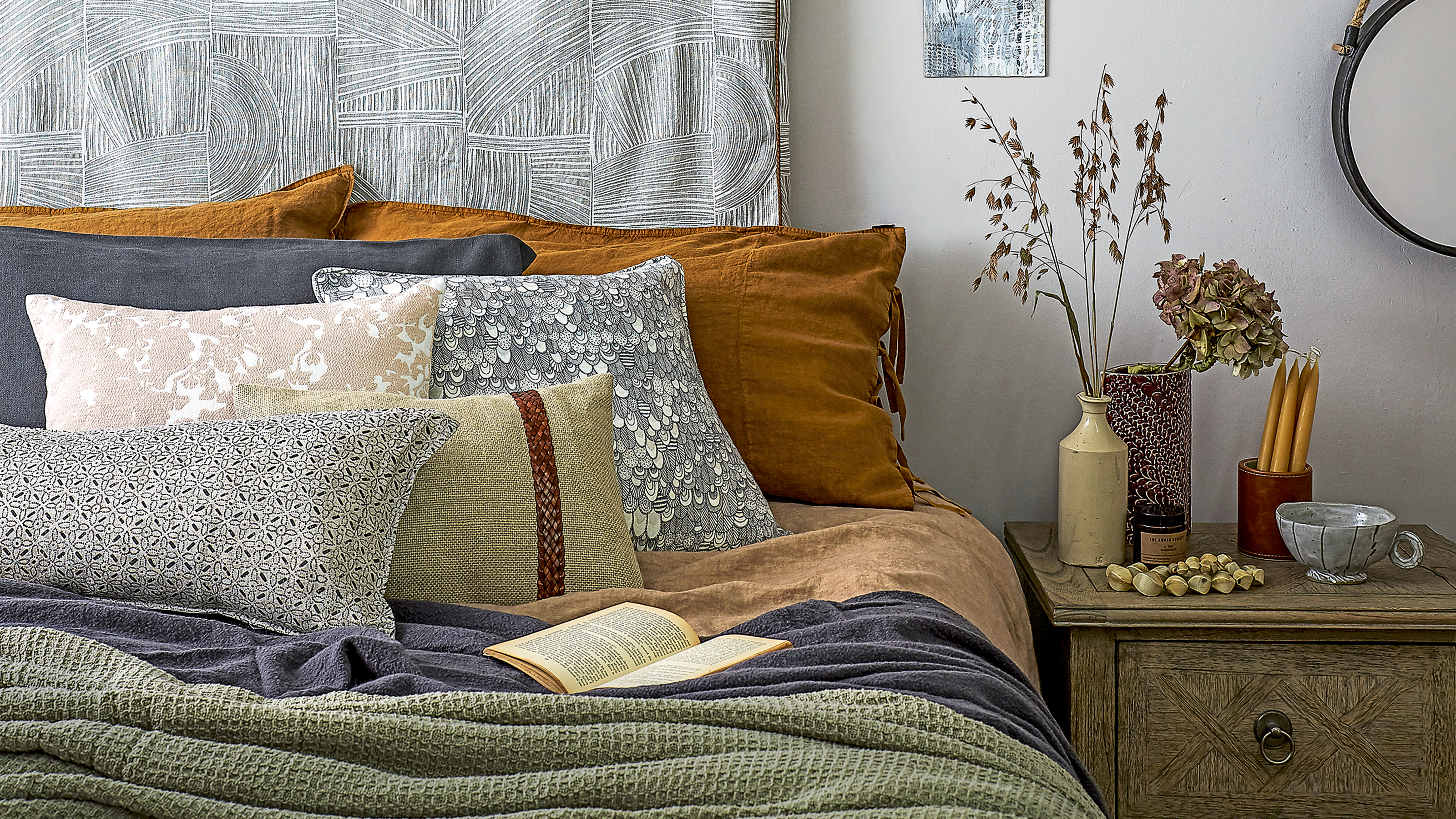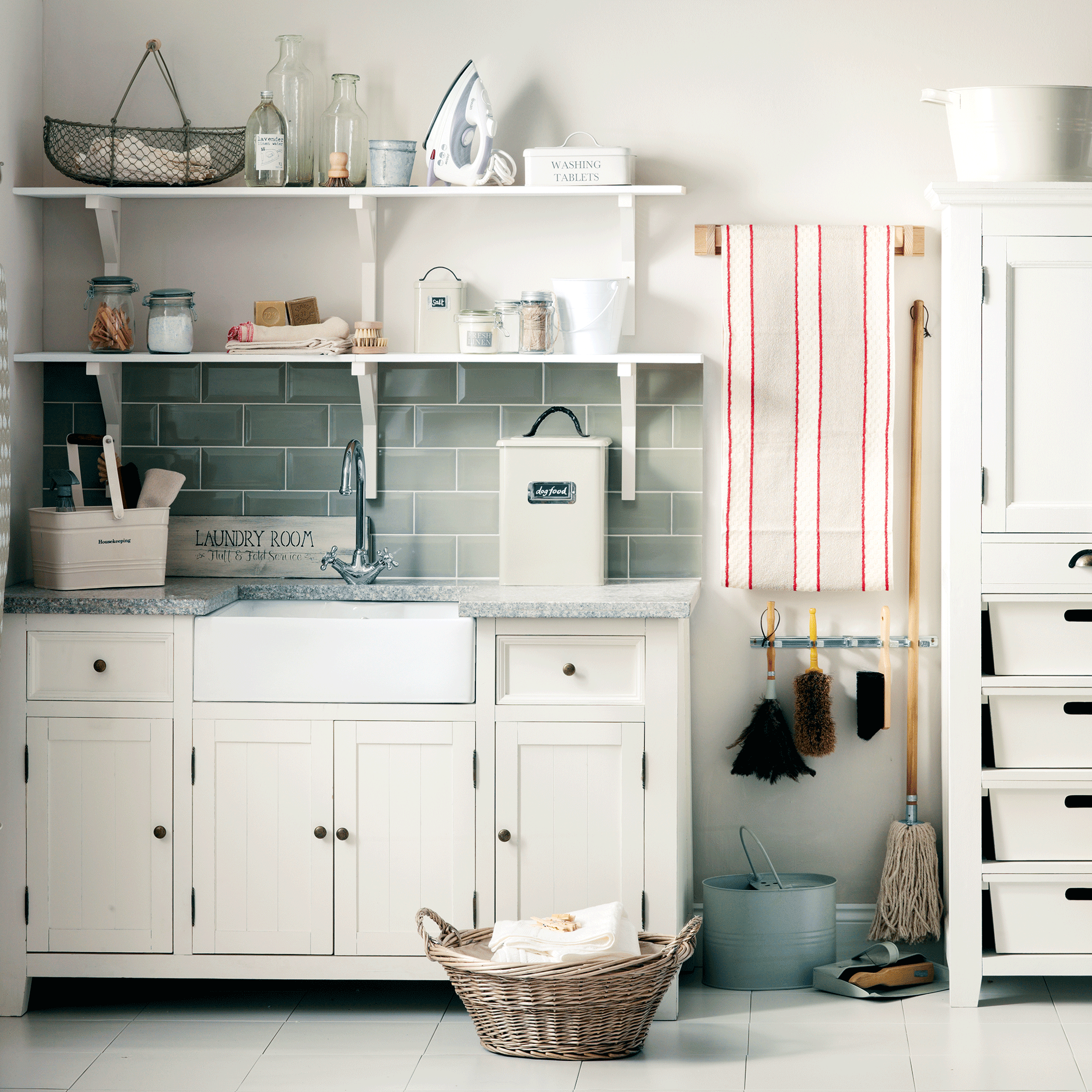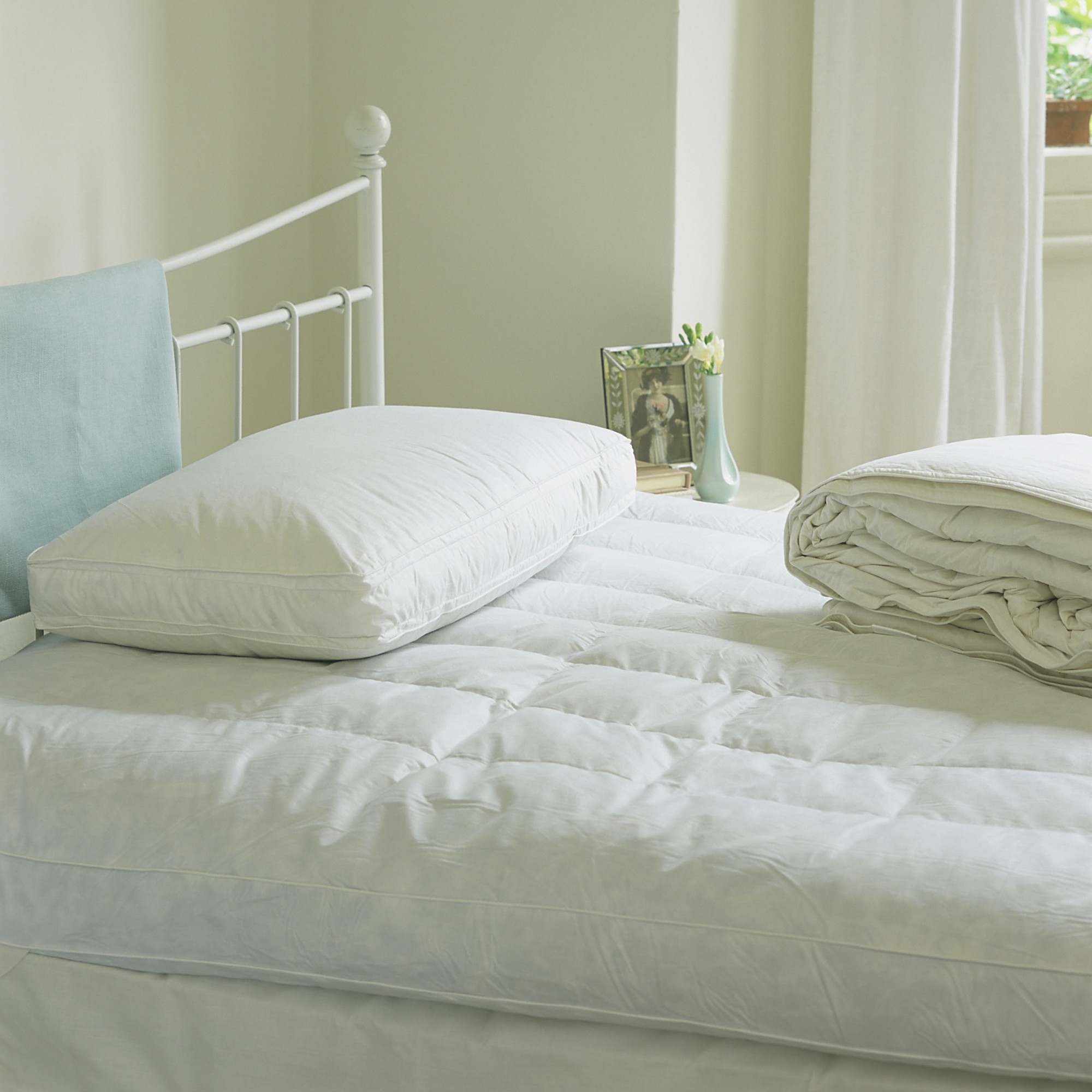How to get rid of dust mites - 6 easy ways to banish these microscopic critters from your home for good
Sorry, dust mites, but you can’t stick around


If you’ve barely gotten over the shocking news that we have spiders in our beds and are in the midst of a bed bug epidemic, the last thing you probably want to be dealing with is dust mites. But alas, here you are, reading about how to get rid of dust mites and trying to resist the urge to scratch your whole body.
Sure, dust mites may be just one-quarter to one-third of a millimetre long, but they like to travel in packs. And those packs are incredibly quick to take over your home. They’ll bury themselves into your soft furnishings, they’ll feast on the dead skin cells in your bed (yuck), and they’ll lay their eggs in every nook and cranny.
Before too long, these dust mites are calling your bedroom their bedroom, and they can be a serious health hazard for those who suffer from breathing difficulties like asthma. That’s why it’s always a good idea to tackle them when you get the chance.
How to get rid of dust mites
‘Apart from causing problems with breathing difficulties for those suffering from asthma, dust mites don't really pose any significant risk to humans,’ explains Phil Greenstock, Senior Surveyor at Shield Pest Control. But nobody wants unwanted guests in their house, which is why we’ve put together a list of the best ways to get rid of dust mites once and for all.
1. Vacuum as often as you can

If you’ve already invested in the best vacuum cleaner, why wouldn’t you want to use it? If you want to minimise your chances of getting dust mites and you want to suck them out of your home (quite literally), then you need to vacuum as often as you can.
In fact, experts suggest that you should try to vacuum high-traffic areas such as your living room and your bedroom every day if possible. If you can’t manage that schedule, it’s important you set aside a few minutes every week to give your house a once-over.
What’s more, opt to use a vacuum cleaner with a HEPA filter so these nasty little critters don’t escape in the process.
Sign up to our newsletter for style inspiration, real homes, project and garden advice and shopping know-how
2. Wash your bedding regularly
According to Bensons for Beds, the average bed may contain up to 1 million dust mites. And if you want to stop reading this immediately, rip off your bed sheets, and put them in the wash, we wouldn’t blame you! That’s a shocking number, but one that can be reduced if you wash your bedding regularly.
Yes, you should probably be changing your bed sheets more than you think, and experts suggest that you should be washing your bedding at least once a week. Not only that, but you should wash your sheets on a hot wash (around 50C) if you want to have any chance of killing off dust mites and nasty bacteria.
If you think that you’re struggling with an infestation and have a full washing machine, though, you could try freezing your bed sheets instead. Dust mites hate the cold, and this will kill them off.
3. Tackle your clutter
Decluttering your home is never a bad idea, and the best way to do this is to follow a decluttering checklist. But what many people don’t realise is that tackling your clutter can also help you get rid of dust mites and prevent them from coming up.
That's because large collections of shoes, books, and general knick-knacks always get incredibly dusty - and it can be impossible to dust in between all of the nooks and crannies. These are quite literally a breeding ground for dust mites. So, you need to get rid of them.
Of course, that doesn’t mean that you have to throw everything away. All you need to do is invest in some nifty storage solutions.
4. Steam clean your mattress

When you spend your hard-earned money on the best mattress, the last thing you want to do is share it with 1 million other living and breathing beings. But as you sleep on your mattress, sweat through the sheets and leave dead skin cells on the fabric (yes, we all do it), you create an all-you-can-eat buffet for dust mites.
The best way to kill off any dust mites you already have is to steam clean your mattress. This should be done at least every six months, anyway - so it shouldn’t be too much skin off your nose. To do this, grab your steam cleaner and use it like you would a vacuum cleaner.
Once you’ve done this, it’s always a good idea to pop on a mattress protector to create an extra barrier between your body and your mattress.
5. Dust with damp cloths

You can never have too many cleaning tips and tricks, so here’s another one for you… use a damp cloth when dusting! When you use a dry duster, you’ll more than likely wipe the dust around rather than pick it up and remove it from the room.
So, dampen your duster before you get started, and always start dusting at the top of the room (i.e. your ceilings and lampshades) before working your way down to your skirting boards. This will ensure that you’re catching the dust every step of the way. There are even dedicated damp dusters such as the social media famous Scrub Daddy Damp Duster, available on Amazon.
6. Use a dehumidifier
One thing you might not know about dust mites is that they thrive in humid conditions. And if you’re drying your washing inside or have a leak in your home, this can create a breeding ground for these little critters.
So, you’re going to want to lower the humidity levels to get rid of dust mites, and the best way to do that is to go in search of the best dehumidifier. This will suck the moisture from the air, making it a less desirable home for dust mites.
Just make sure that you pick the right size dehumidifier for your home for the best results.
FAQ
How do you know if you have dust mites?
As they’re invisible to the eye, it can be hard to tell if you have dust mites in your home. And while you can buy DIY test kits that allow you to check for yourself whether you have them, these are sometimes unreliable.
In most cases, homeowners know when they have dust mites because they suffer a mild allergic reaction. This is not dangerous but can result in a runny nose, sneezing, and watery eyes.
To stop this reaction and to get rid of dust mites, you need to make sure that you’re keeping your house clean and free of dust.
How do I get rid of dust mites in my room?
There are so many ways to get rid of dust mites, and almost all of them revolve around cleaning. Keeping up with vacuuming, mopping, and dusting will all help to remove the prevalence of dust particles and skin cells in your home.
So, it’s best to dust and vacuum on a regular basis while also washing your bed sheets every week and steaming your mattress every six months.
These tricks might not keep dust mites out of your house forever, but they’ll certainly help.

Lauren Bradbury has been the Content Editor for the House Manual section since January 2025 but worked with the team as a freelancer for a year and a half before that. She graduated with a Bachelor’s degree in English and Creative Writing from the University of Chichester in 2016. Then, she dipped her toe into the world of content writing, primarily focusing on home content. After years of agency work, she decided to take the plunge and become a full-time freelancer for online publications, including Real Homes and Ideal Home, before taking on this permanent role. Now, she spends her days searching for the best decluttering and cleaning hacks and creating handy how-to guides for homeowners and renters alike, as well as testing vacuums as part of her role as the Ideal Home Certified Expert in Training on Vacuums, having spent over 110 hours testing different vacuum models to date!